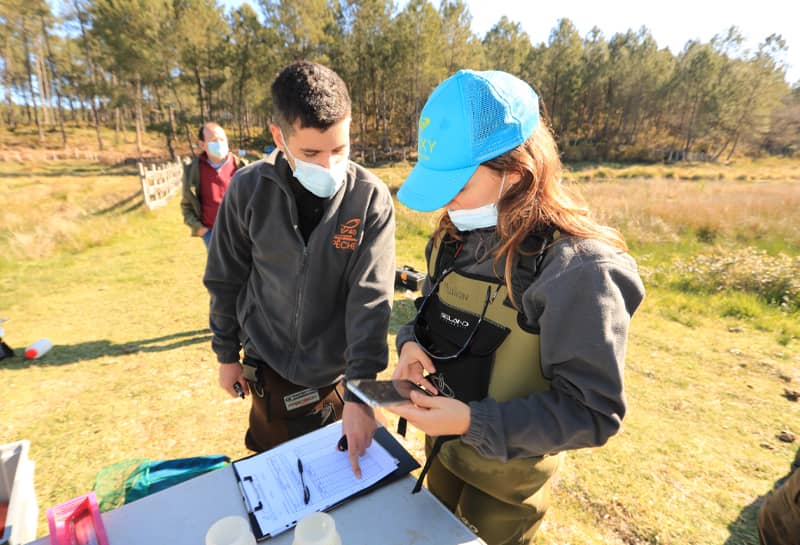MONITORING of the pike species
Since 2014, the Federation’s technical center has carried out annual monitoring of pike reproduction in the Landes department. Electric fishing is carried out on pike spawning grounds in order to inventory the pike of the year and thus evaluate the success of reproduction, but also to save certain populations from certain death during specific rescue fishing operations.
The first figures 2021
- 44 spawning grounds were sampled
- 25 were found to be functional, i.e. 56.8%
- 4 new spawning grounds have been inventoried
- the exceptionally high levels this year enabled 29 rescue fishing operations to be carried out
The first conclusions
Reproduction on coastal spawning grounds was good in 2021 as was the year 2020. The basin of the Leyre valleys had a good year for the reproduction of pike. This is unfortunately not the case in a large part of the Midouze and Adour basins.
Aquitaine pike
The year 2021 was rather good for the spawning grounds housing Aquitaine pike, since they all proved to be functional. In addition, productivities turned out to be very good, particularly on the managed sites. DNA samples were taken from individuals captured in the new spawning grounds to find out whether they were Aquitaine pike, common or hybrid pike.

A record figure for 2021
2977 pike inventoried in total with 514 pike during inventory fishing and 2463 during rescue fishing.
Making of a documentary
A specific documentary was filmed on the Aquitaine pike in the department and will be available in the fall.

MONITORING of the pike-perch species
Each year and this for 7 years, approximately 120 artificial spawning grounds are maintained or replaced, on about fifteen sites of the department coupled with temporary reserves.
Lakes and ponds concerned: Aureilhan, Cazaux-Sanguinet, Léon, Parentis-Biscarrosse, Soustons
Gravel pits concerned: Saucille, Labatut, St Cricq du Gave, Roma,
The Landes fishing federation makes a group purchase of branded panels which are delivered to the AAPPMAs. The AAPPMAs carry out the designs (metal trellis and fixing of the hoop). It is then dropped off in February and followed up until the end of May.
The first figures 2021
- 107 spawning grounds could be followed
- 100 eggs could be identified
- a peak of 72% occupancy (out of the 107) was noted
- 77% of the spawning observed took place between March 8 and April 2
The first conclusions
The follow-up was very complete this year, thanks to favorable weather conditions. A total of 15 weeks of follow-up at each of the 7 study sites took place between February 11 and June 2. This monitoring made it possible to highlight the good attractiveness of the spawning grounds on most sites with a peak in attendance reached in the last week of March (77% occupancy). Over this period, 100 eggs were inventoried.

Estimation of the production of developed areas and followed
In these areas alone, the observed egg-laying should provide 28,125 zander 3 years old (size> 50 cm) in 2024.
Production of a report
A 2-minute report was produced in March by FR3 Aquitaine summarizing the action with the Léon pond as an example.







